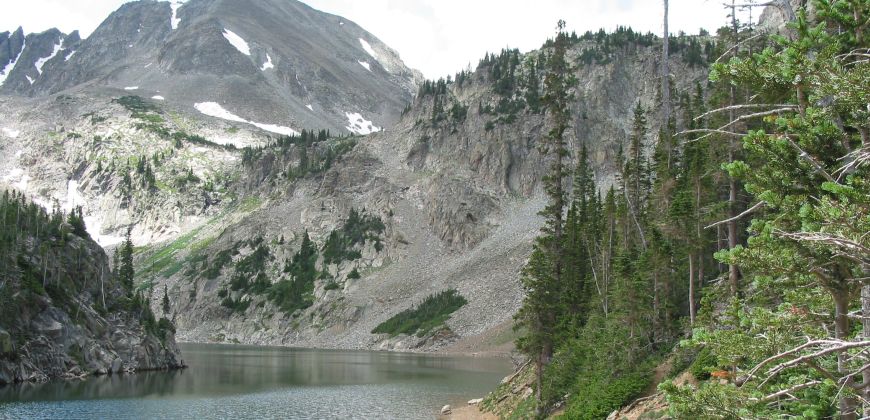
As Colorado’s population grows, especially across the Front Range, issues of water rights and water usage by consumers must be balanced relative to the continued need for water by agricultural producers and the environment. Understanding the impact of changing allocations of water from agriculture to urban areas and policies aimed at conserving groundwater resources is an area of focus for Colorado State University researchers who study water economics in the Department of Agricultural and Resource Economics.
Needs outpacing supply
“We know that our water needs, both for consumers and industry, are outpacing our current water supply,” said Chris Goemans, associate professor of agricultural and resource economics. “Because water has so many sets of stakeholders – consumers, producers, and environmentalists – there is not always agreement as to how best to utilize this resource.”
Offering options for new approaches to water usage is just one way that ag and resource economists help producers navigate the challenging water allocation decisions that they face. “We don’t tell them what to do,” said Jordan Suter, an associate professor of agricultural and resource economics. “We provide them with the results of models that link producer decisions to future water availability. This information helps producers to better understand the tradeoffs that they face. Ultimately, they decide what is best for their operations and their communities.”
Collaborative projects
Goemans, Suter and other faculty members in the department take their work directly to the areas that would be most impacted by these water reallocations. They have worked hard to build relationships through community outreach and by meeting with producer groups. They also plan to utilize survey data to better understand how their research and modelling influences the opinions of producers.
Some of these faculty members are involved in collaborative projects that focus on: reducing groundwater pumping in the Northern High Plains region of Colorado; developing models to help explain how population growth in rural, urban, and translation communities has led to increased competition for land and water; and bringing electricity to rural communities in Rwanda.
Balancing the economic and environmental impact
Competition for water is not limited to people. The environment requires water for fish, wildlife and other natural functions. Dana Hoag, a professor of agricultural and resource economics, helps producers make decisions that balance the economic and environmental impact of their land and water management practices. “Providing accurate and credible information about the economic impact of pollution from agriculture allows farmers, ranchers, and off-farm stakeholders to make informed decisions about how to balance protecting the environment and farm livelihoods,” said Hoag.
The significant role of agriculture
Whether their focus is on water usage or the impact of pollution, there is no question that agriculture plays a significant role in the quantity and quality of water available. “The competition for water is real,” said Dale Manning, assistant professor of agricultural and resource economics. “Our role as a land grant institution is to provide the citizens of Colorado with information and options for water usage that help ensure that we get the most value from our scarce water resources, considering both current and future generations.”